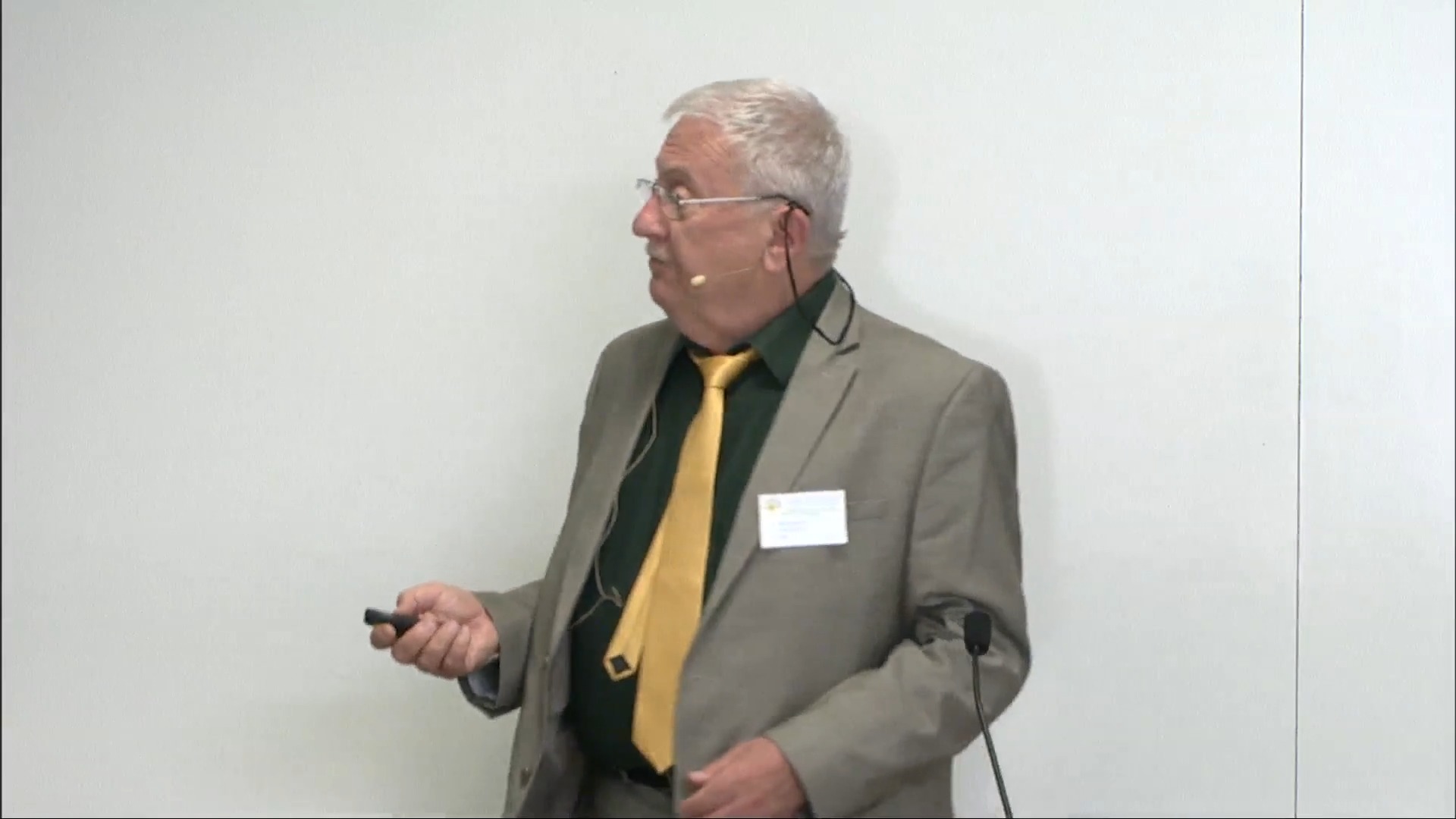A few direction in the development of Electromagnetic Compatibility 28 de xul. de 2022
A few direction in the development of Electromagnetic Compatibility
According to its definition, electromagnetic compatibility, EMC, means the ability of an
equipment or system to function satisfactorily in its electromagnetic environment without
introducing intolerable electromagnetic disturbances to anything in that electromagnetic
environment. Therefore, EMC became a concept that accompanies all processes and
technologies in the electromagnetic environment around us, as well as the ecosystem itself.
Beyond the qualitative aspect of the definition, it must be admitted that the notion of
electromagnetic compatibility, in all its aspects, is increasingly insinuated in the more general
concept of quality of life.
Several directions in which the concept of electromagnetic compatibility should evolve have
been identified. Some of these will be detailed.
One of them is what we have called "electromagnetic biocompatibility" and should be defined as
the ability of a functional device, equipment, or system to allow the safe and healthy
development of life in general and of human beings in particular. If electromagnetic
compatibility, very often called the “science of electric/electronic systems coexistence”, deals
with an interaction in which every system can be both aggressor and victim, in electromagnetic
biocompatibility we are talking about the interaction between technical systems as aggressors
and the living beings, as victims (note that humans, as generators of manmade electromagnetic
fields, are not totally blameless).
The second direction consists in the analysis of the dichotomy, respectively of the syncretism
between the power quality events determined by harmonics, low frequency events, which
essentially influence the equipment up to 5 kHz frequency (100th order harmonic component)
and the conducted electromagnetic interference, whose study is generally performed in the
range from 100 kHz to 30 MHz.
The third direction is the almost “no man’s land” at this moment, namely the gray zone between
5 kHz and 100 kHz, for which not enough analysis or dedicated measuring equipment has been
yet developed.



















































